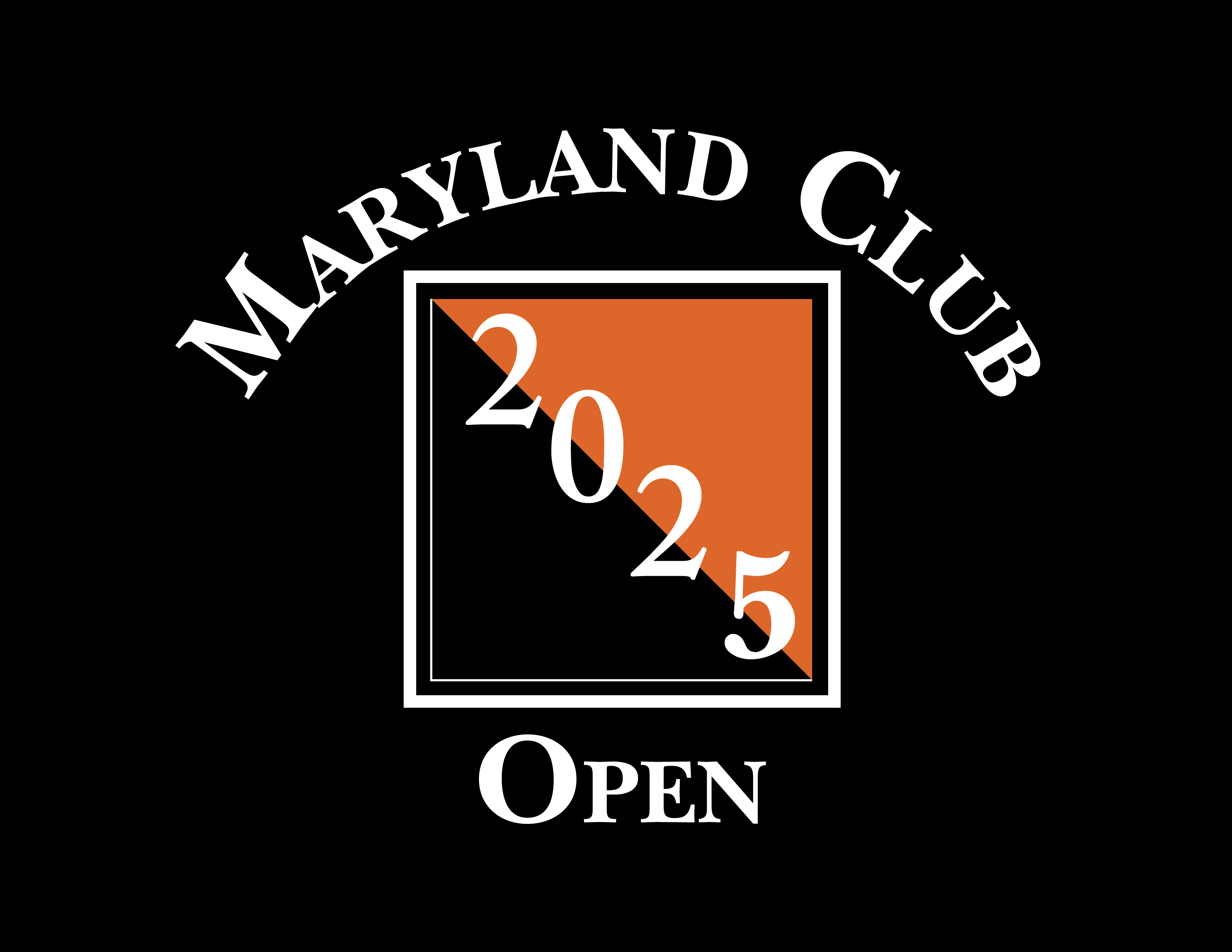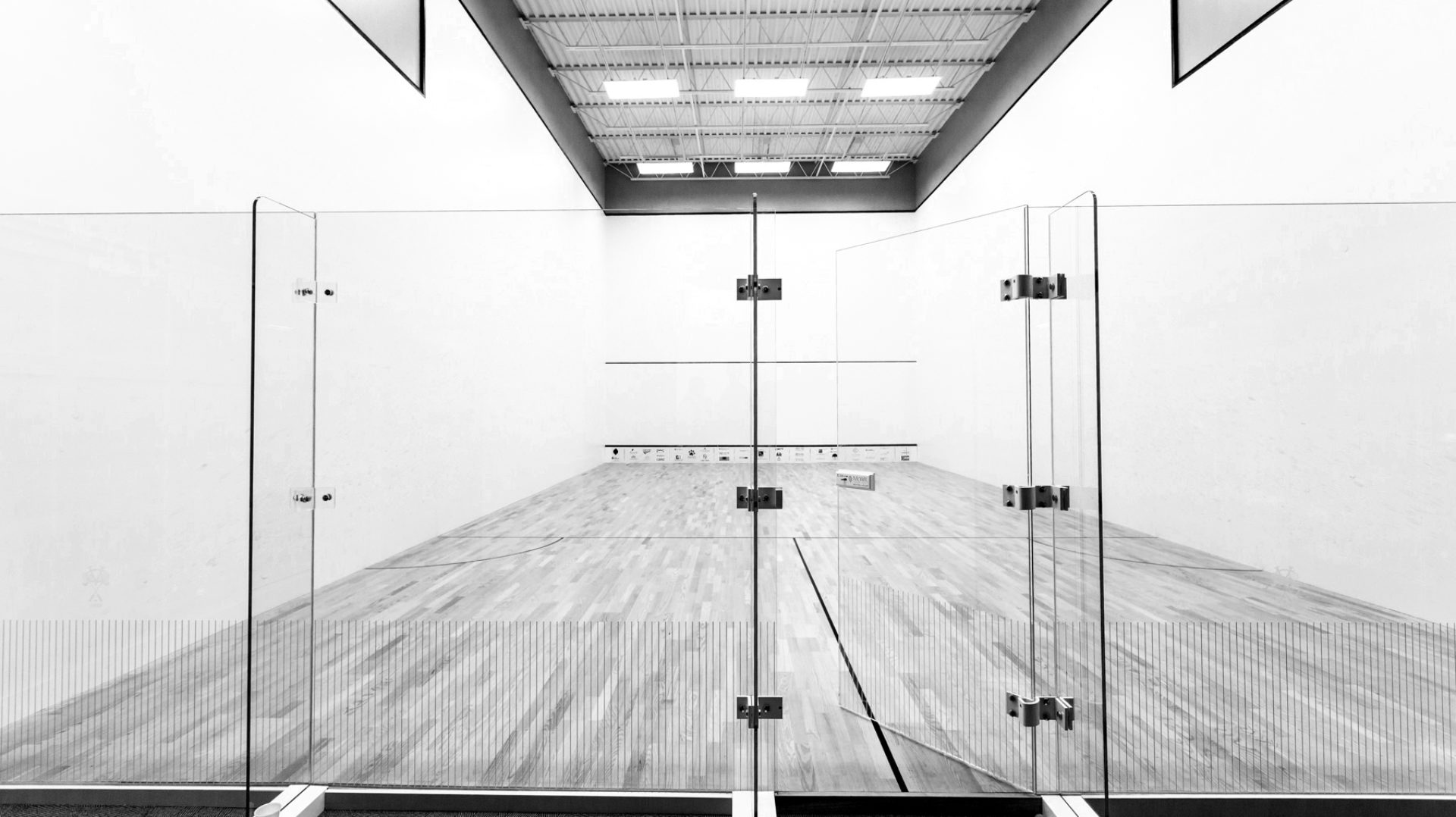Throughout its colorful seven-year history (2003-10, with a one-year hiatus in 2009 since Baltimore hosted the U. S. National Doubles that season), the Maryland Club Open, partly as a consequence of its annual mid-October positioning at or near the beginning of the squash season, has had an out-sized influence on the dynamics of the ISDA Tour, even to the point of in several instances serving to redefine the entire competitive landscape by undoing the established pecking order and ushering in an entirely different and significantly transformed era. Perhaps inspired by the impressive trappings of the host club and/or the rich history of doubles squash in Baltimore (which has hosted the prestigious U. S. National Doubles no fewer than 11 times, most recently in 2010, and whose annual BIDS invitational doubles event had for decades been a highlight of the amateur schedule), ISDA players have in disproportionate numbers taken their games to new levels and produced some of the most exciting matches and unexpected outcomes in the history of the Association.
This phenomenon began with a bang in the very first main-draw match of the inaugural edition of this tournament, on Halloween night in 2003, when Blair Horler and Clive Leach, regarded as the hottest team on the circuit after they had emphatically closed out the prior season by bullying long-time No. 1’s Gary Waite and Damien Mudge into submission in the Kellner Cup finals, were shockingly eliminated, in straight sets no less, by qualifiers Alex Pavulans and Chris Deratnay, who after a pair of 15-12 games rallied from 3-9 and 7-11 to force a simultaneous-game-ball in the third, at which crossroads stage Horler crushed a backhand rail into the tin. Somewhat demoralized by this harsh beginning to a season in which some thought they might even displace Waite and Mudge at the top of the ISDA standings, Horler and Leach staggered through an uneven autumn, and, just as they were showing signs of regaining their verve in January, Horler sustained what would prove to be a career-ending injury to his right knee, effectively sidelining him for the remainder of that season and freeing Waite and Mudge (who would capture both that ’03 Maryland Club Open and the ’04 and ’05 events as well, defeating Michael Pirnak/Willie Hosey, Josh McDonald/Viktor Berg and Preston Quick/Ben Gould in, in each case 3-0, in those respective finals) to continue their hold on the No. 1 team ranking for several additional years.
But if it was in Baltimore, as we have seen, that the Waite/Mudge dynasty would sustain itself throughout the first half of the decade of the 2000’s, it would also be in this same Charm City site that it would be rudely brought to an end when they fell in four games to Gould and Paul Price in the semifinals in 2006. Gould and Price were one second-game simultaneous-game-ball from facing a two-games-to-love deficit, but when Price seized that crucial 16-all point by coming up with a look-away forehand roll-corner that Waite paralyzed Waite, the Price/Gould tandem was on its way, not only in that match (which they terminated with a pair of single-figure games) or that weekend (which they finished off with a four-game final-round win over Quick and John Russell), but for the entire season, during which Price and Gould out-played Waite/Mudge in three-straight subsequent finals — namely the Big Apple Open, North American Open and Briggs Cup — wrested the No. 1 team ranking at last from its seven-year captivity with Waite/Mudge and elbowed Waite into retirement at the end of that 2006-07 season.
But it is its own tribute to the breadth and reach of the Waite/Mudge tenure at the top that the reign of Price and Gould seemed so ephemeral. Just one year after hoisting the Maryland Club Open trophy and dethroning The Champs, Price and Gould returned to Eager Street in the fall of 2007 still reeling from having squandered a 2-0, 14-9 lead eight days earlier in a St. Louis semi against Leach and Chris Walker, who went on to win that match in five games and the final against Mudge and Hosey as well. Price and Gould would get their chance at revenge in the Maryland Club Open final, and indeed would lead 2-1, 11-8, just four points from a successful defense of their 2006 title, only to suffer yet another late-match drought against the same pair of Englishmen, who rescued that fourth game with a 7-1 run that carried them through the 15-11 fifth as well. By the end of that match, Price and Gould were reduced to taking their anger out on their respective racquets — Gould hurled his 40 feet to the front wall after his tin at 9-13 effectively sealed his team’s impending defeat, while Price smashed his in the small alcove right outside the exhibition court, an action that was clearly audible to the gallery since the door at the back wall was still open, where it lay in splintered shards for several hours before finally being collected by a janitor.
This pair of consecutive-week collapses would presage the end of the Price/Gould stint at No. 1, at least for several years, as they were displaced first by Walker and Leach when the next rankings were published a few weeks later, and then by Mudge and Berg (who would hold that spot for the next two years) at midseason. Two aspects of the foregoing discussion are compellingly noteworthy: first, that all three of these Maryland Club Open “game-changers” were by the narrowest of margins — had Horler’s backhand blast at 0-2 14-all in ’03 stayed above the tin, it surely would have won the point (Deratnay was stuck in mid-court near the tee), giving Horler/Leach both that third game and possibly a degree of momentum that might have swept them to ultimate victory; had Price not successfully engineered his nervy and barely-above-the-tin shot at 0-1, 16-all in ’06, his team would have been down two games to love against Waite/Mudge and the whole match might have been different from that point onwards; and had Price and Gould been able to convert their substantial four-point late-game advantage in ’07, they would have reduced their prior week’s St. Louis misadventure into a one-time fluke and hence into irrelevancy. So many of the important moments in ISDA competition have come down to a few swings of the racquet, a roll or two of the dice.
A second, and truly historically important, point is that there have been 45 full-ranking ISDA tournaments since that October ’07 Maryland Club Open final (47 if one counts the sanctioned though non-ranking biennial World Doubles of 2009 and 2011 in San Francisco and Toronto respectively), and ALL of them have been won by teams of which either Mudge or Gould was a member! The last 12 of those events, the 12 that comprised the 2010-11 ISDA circuit, had BOTH Mudge and Gould as members, as their decision during the summer of 2010 to partner up after their several preceding years as fierce rivals resulted to an immaculate 12-for-12 38-0 ledger that makes them, until proven otherwise, the team to beat entering both this weekend’s Maryland Club Open and the 2011-12 ISDA Tour as well.
Significantly, no fewer than six of those dauntless dozen Mudge/Gould titles came at the final-round expense of one or the other of the two other teams in this weekend’s round-robin Pro Doubles competition. Matt Jenson and Leach were finalists in the Big Apple Open, Boston, Greenwich and Players Championship events, while Walker and his British compatriot Mark Chaloner advanced to the final in Wilmington and at Brooklyn Heights. All told, either Jenson, Leach, Chaloner or Walker opposed Mudge/Gould in nine of those 12 finals last season, a testament both to the strength of this weekend’s three-team field and to the wisdom of the host club’s Tournament Committee and its longtime head pro Andrew Cordova, who throughout this tourney’s history has shown a willingness to maximize its value to the Maryland Club membership by “changing things up” and offering a variety of innovations from one year to the next. These creative elements have included different prize-money and draw-size formats (including a decision to pay teams that reach the last round of the qualifying draw, something no other ISDA tour stop had done), altering the way the highly-subscribed Pro-Am portion of the tournament was played and the introduction of a “Legends” pro singles draw for retired elite PSA players last year.
That latter group found themselves so drawn throughout that weekend to the ISDA doubles matches — one player almost missed his flight back to Europe by tarrying far longer in the doubles gallery than he should have — and consisted of players several of whom themselves are so accomplished in doubles, that all four of this year’s Legends (Peter Nicol, 2000 Cambridge Doubles winner Jonathon Power, 2003 Cambridge Club Doubles champion Martin Heath and 2009 U. S. Pro semifinalist John White) will be joining the six ISDA players comprising the three round-robin teams and another six top-tier ISDA players (Russell, Quick, Greg Park, James Hewitt, Jonny Smith and Manek Mathur) in what should be a captivating 16-team Pro-Am event, yet another innovation that will undoubtedly further enrich the proud legacy of the Maryland Club Open.
Rob Dinerman has written the team profiles and major articles for every Maryland Club Open Program in the history of this tournament and his “History Of The U. S. National Doubles In Baltimore” was the feature article in the National Doubles Program when that event was hosted in Baltimore in March 2010. The winner of two pro-am events, the Mitch Jennings Cup and Tim Chilton Cup, in 2009-10 (with Chris Walker and Ed Chilton as his respective partners), and a U. S. Hardball Nationals finalist in 2004 and 2005, he is currently Editor of a squash web site, dailysquashreport.com, and recently released a Memoir, “Chasing The Lion: An Unresolved Journey Through The Phillips Exeter Academy,” excerpts of which can be found on his web site, www.RobDinerman.com.

